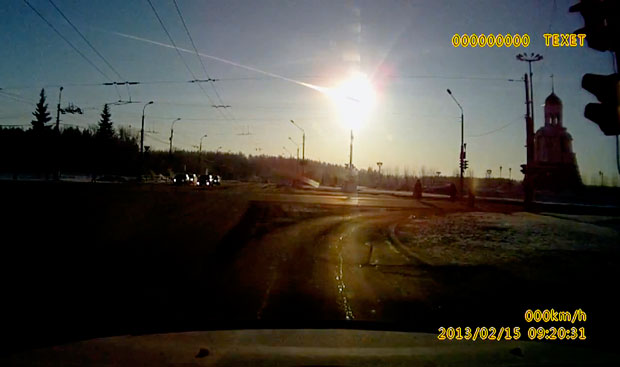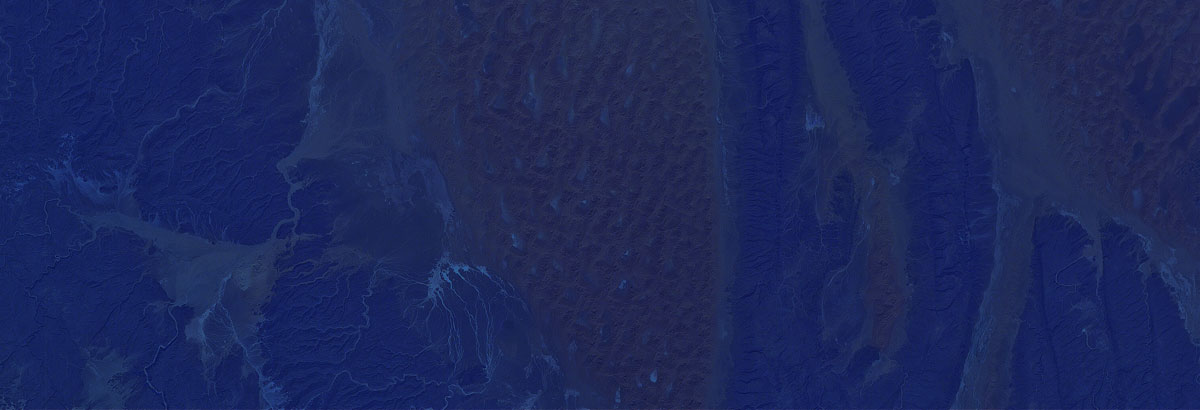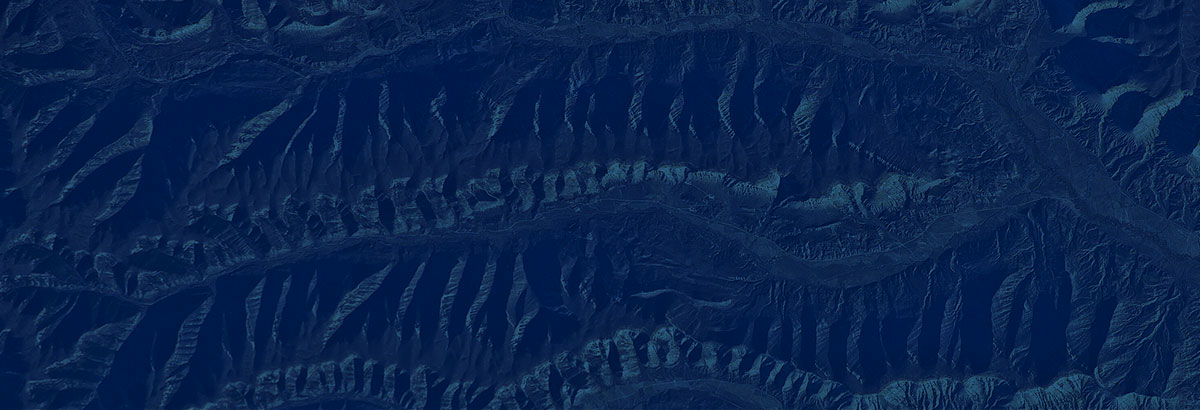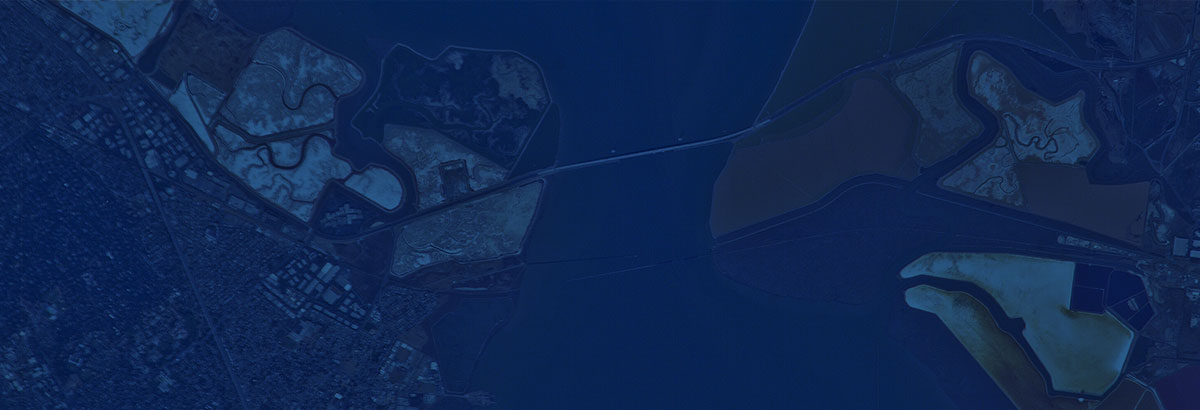Sentinel’s Mission to Find 500,000 Near-Earth Asteroids
April 30, 2015
Humankind lives in a cosmic shooting gallery. For evidence of that, we need look no further than the events of 15 February 2013. On that day, a medium-size asteroid was set to pass some 28,000 kilometers from Earth, unusually close and well within the orbits of geosynchronous satellites. Dubbed 2012 DA14, the rock was first spotted the previous year. Since then, astronomers had been eagerly anticipating the opportunity to take a closer look and measure such vitals as size, shape, and composition.
But just as they were readying their telescopes, another asteroid took them completely by surprise. In the early morning hours of the 15th, a previously unknown piece of space flotsam entered Earth’s atmosphere and streaked across the sky, breaking up over the Russian city of Chelyabinsk. Briefly exceeding the sun in brightness, the rock exploded with the equivalent of 500 kilotons of TNT. The shock waves damaged roofs and walls, blew out thousands of windows, and injured more than 1,500 people, primarily from shattered glass.
Why didn’t we see this one coming? By scrutinizing the footage collected by dashboard cameras and building-security systems, scientists were eventually able to reconstruct details of the asteroid’s entry and demise. The object came from the sunward side of Earth, meaning it was never visible in the nighttime sky as it made its final approach. And analysis of the blast energy revealed that the cosmic interloper was a modest 19 meters or so in diameter, which would have made it difficult to see even if it had been visible after dark.
….
















